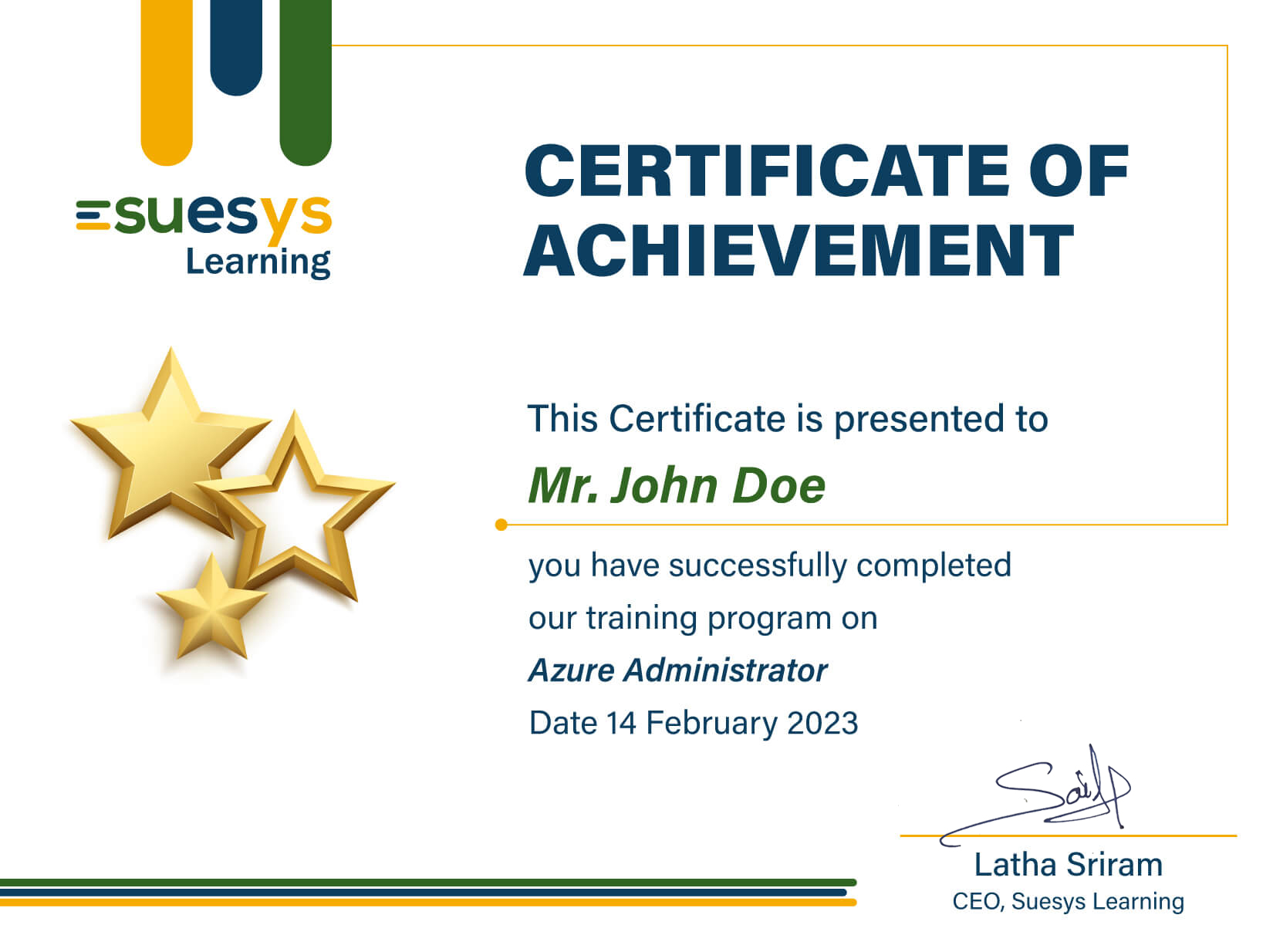
Data analysis is the process of inspecting, cleansing, transforming, and modeling data with the goal of discovering useful information, informing conclusions, and supporting decision-making. It involves various techniques and methodologies to extract meaningful insights from raw data. Here's a detailed description of the components involved in data analysis:
Data Collection: The first step in data analysis is gathering relevant data from various sources, which can include databases, spreadsheets, surveys, sensors, social media, etc. Ensuring the quality and integrity of the data is crucial at this stage.
Data Cleaning and Preprocessing: Raw data often contains errors, missing values, inconsistencies, and outliers. Data cleaning involves techniques to identify and rectify these issues, ensuring the accuracy and consistency of the data. Preprocessing may also involve tasks like normalization, transformation, and feature engineering to prepare the data for analysis.
Exploratory Data Analysis (EDA): EDA involves visually exploring and summarizing the main characteristics of the data using statistical graphics and descriptive statistics. This step helps in understanding the structure, patterns, and relationships within the data, uncovering initial insights, and guiding further analysis.
Data Modeling and Analysis: In this phase, various statistical, machine learning, or other analytical techniques are applied to the cleaned and preprocessed data to extract meaningful patterns, trends, and relationships. This could include regression analysis, classification, clustering, time series analysis, etc., depending on the nature of the data and the objectives of the analysis.
Interpretation and Inference: Once the analysis is performed, the results need to be interpreted in the context of the problem domain. This involves drawing conclusions, making predictions, and deriving actionable insights from the analyzed data. It's essential to communicate findings effectively to stakeholders, often using visualizations, reports, or presentations.
Validation and Iteration: Data analysis is an iterative process. It's crucial to validate the results obtained through various means, such as cross-validation, hypothesis testing, or comparing with external sources. If necessary, the analysis process may need to be refined or repeated with additional data or different techniques to improve accuracy and reliability.
Decision Making and Action: Finally, based on the insights derived from the data analysis, informed decisions can be made to address the problem or achieve the objectives at hand. These decisions could range from strategic planning, process optimization, product development, marketing strategies, risk management, etc.
Data analysis is a versatile process applicable across various domains, including business, science, healthcare, finance, marketing, and many others, helping organizations gain a competitive advantage and drive evidence-based decision-making.
| Python programming | ||
| 1 | Intoduction to Python programming | Environment setup |
| 2 | Data Types and Variables | |
| 3 | Operators and Expressions | |
| 4 | Control Flow | Conditional Statements Loops |
| 5 | Functions | |
| 6 | Comments and Indentation | |
| 7 | Debugging and Error Handling | |
| 8 | Data Structures | |
| 9 | Object-Oriented Programming (OOP) | |
| 10 | Exception handling | |
| 11 | Modules and Packages | |
| Numpy | ||
| 1 | The Foundation for Numerical Computing with Python | Arrays Data Types Broadcasting |
| 2 | Creating and Working with Arrays | Array Creation Indexing and Slicing Array Operations |
| 3 | Linear Algebra Functions | Matrices Linear Algebra Operations |
| Wrangling Your Data in Python | ||
| 1 | Core Data Structures | Series DataFrame |
| 2 | Importing and Working with Data | Data Sources Data Cleaning and Manipulation Indexing and Selection |
| 3 | Data Analysis with Pandas | Time Series Analysis Merging and Joining Data Reshaping and Pivoting Data |
| 4 | Beyond the Basics | GroupBy Operations Visualization Data IO and Export |
| Skills acquired at the end | 1. Read and understand a Python code, 2. Handle and manage data tables 3. Interrogate, manipulate, order and modify a dataset with Python |
|
| Matplotlib | ||
| 1 | Matplotlib: The King of Visualization in Python | Figure and Axes Plot Types Customization |
| 2 | Creating Basic Plots | Importing Libraries Data Preparation Creating Plots Customization |
| 3 | Advanced Plotting Features | Subplots Legends Annotations |
| 4 | Integration with Other Libraries- Pandas | |
| Saving and Exporting Plots | ||
| MACHINE LEARNING | ||
| Algorithms and methodology for classification with Scikit-Learn |
Presentation of classification algorithms (Logistic regression, kNN, Decision tree, Random forest, SVM...) Boosting and Bagging algorithms Model selection Classification of unbalanced data |
|
| Regression methods | Simple and multiple linear regression Regularized linear regression (Lasso, Ridge and Elastic Net |
|
| Data Analysis | ||
| Data Analysis | Principal Component Analysis T-SNE Linear Discriminant Analysis (LDA) Clustering with the K-means algorithm |
|
| EXTRACTION AND MANAGEMENT OF TEXT DATA |
||
| Text Mining | Introduction to regular expressions Managing textual data Creation of wordclouds Sentiment analysis |
|
| Webscraping | Introduction to web language (HTML, CSS) Web content extraction with BeautifulSoup Application of scrapping on Google |
|
| BUSINESS INTELLIGENCE | ||
| Tableau | Connection to data sources Data Formatting Data Visualization |
|
| SQL | DDL DML DQL |
|

Overall 9 years of experience as a Technical Trainer and Developer in full stack java technologies like core java, hibernate, spring machines, spring boot and database technologies.
C Programming, C++, Core Java, Java, Java Full Stack, Java Script (ES6), MySQL, Oracle Database Administrator, Python, Spring Boot, Spring Mvc, Spring Rest Api
